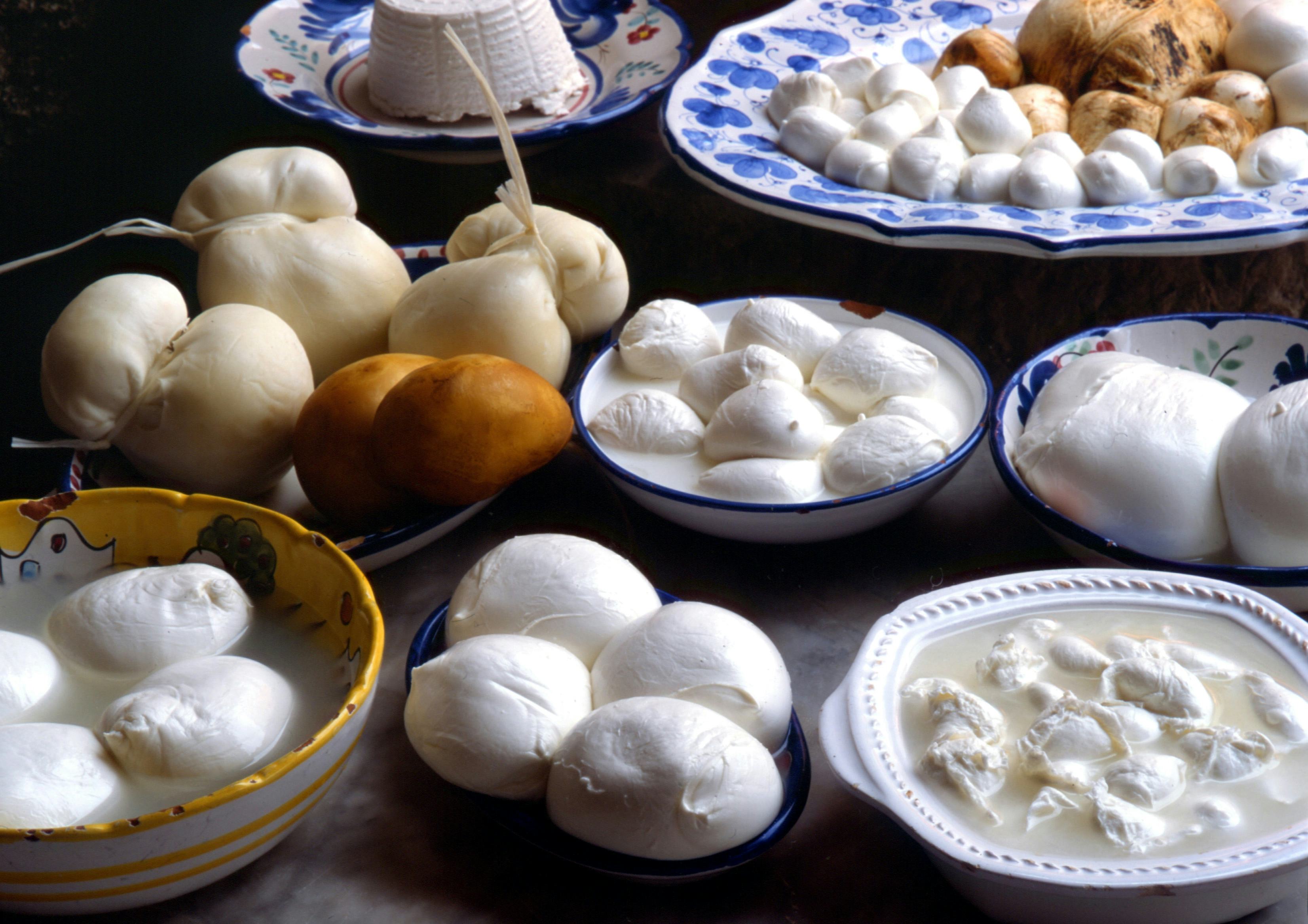
A delicacy is more than the sum of its parts. Take mozzarella: Water buffalo milk, rennet, whey, and microbes combine together to create a plump, white luxurious pillow of deliciousness.
Recently, scientists have nailed down just how important one ingredient is in creating the quintessential Italian cheese: bacteria. A team of researchers from the University of Parma in Italy studied how the microbes that make up the cheese differ depending on whether the cheese comes from a modern or traditional cheese-making process. Their results could help consumers and artisanal cheese-makers alike better understand the role these microscopic organisms play in creating the flavors cheese devotees have come to love and enjoy.
The team published their results today in the journal Frontiers in Microbiology.
The recipe for mozzarella seems simple: milk from a water buffalo, rennet (curdled milk from a calf’s stomach), and a natural whey starter. However, one of the crucial, unspoken ingredients is bacteria. Microbes are indispensable to all cheeses, and buffalo mozzarella is no different. To understand how various cheese-making processes differ, the microbiologists picked two dairies in Campania (where mozzarella is traditionally made) and analyzed microbial populations in their buffalo mozzarella at different stages of the cheese-making process.
While the two dairies examined in this paper both produce bona fide buffalo mozzarella, they have different approaches with slightly differing microbial ecologies. The team collected a total of 22 samples from their chosen dairies. The samples comprised milk, natural whey starter, unstretched cheese curd, and mozzarella samples. With DNA analysis, the team found that Lactobacillus and Streptococcus dominated, though other minor bacterial families arose at the smaller dairy. Significantly, they found minute changes in temperature and processing influence the microbial composition, which could, in turn, influence the flavor.
The team employed a method called 16S rRNA amplicon gene sequencing, which sequences a sample’s DNA and then underscores the particular region of the mutable 16S gene in bacteria. This data helps identify a certain microbe present and in what ratio it appears to other bacteria. The modern dairy, the team found, used a pasteurized milk that added fewer microbes — and fewer distinct species of microbes — compared to the traditional dairy milk.
Cheese-making — and cheese-consuming — is serious business, and knowing what bacteria are involved in the process is key to understanding how to create the flavor, texture, and overall delectability that people have come to enjoy from artisanal cheeses. So whether you’re a cheese snob or not, it’s best to be a bacteria snob — there’s no cheese without them.







